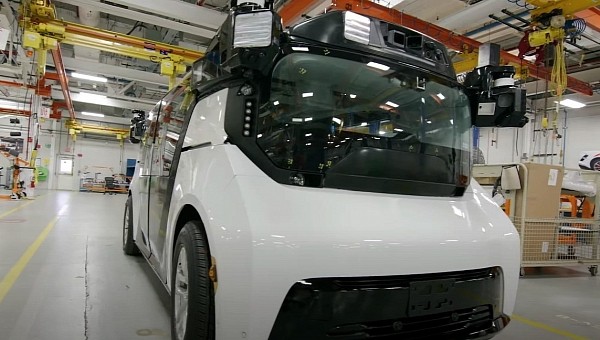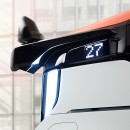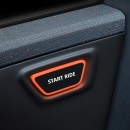General Motors doesn’t want to lose the autonomous driving battle. In its pursuit to challenge and overcome other industry players like Tesla, Ford, or Mercedes-Benz, the American automaker wants to use Cruise as its weapon of choice. The expansion begins.
Robotaxis might become the norm if everyone decides that drivers aren’t needed anymore. But, until then, technology has a long way to go. Even though Cruise’s vehicles do not require a person to sit behind the wheel, they are still wirelessly controlled by someone. The existence of this remote operator means that driverless cars aren’t yet capable of navigating the roads alone.
However, nothing can be achieved if we don’t keep testing novelties and perfecting innovations. That’s why Cruise will now expand its service to more cities in 2023. The fleet will also grow. According to the company’s COO Gil West, what the brand learned in San Francisco, Phoenix, and Austin can now be safely exported elsewhere.
Sadly, the executive didn’t specify where Cruise will head up next. But their plans make sense considering VW and Ford gave up on their joint efforts to create a better robotaxi.
These ambitions coincide with the upcoming commercial launch of the Origin. The company is also trying to obtain permits for public runs in San Francisco and it might get them since the public administration wants innovation to remain a key characteristic of the city.
GM’s CEO Mary Barra said self-driving cars will continue to remain a priority for the entity. She anticipates costs to remain at around $2 billion per year, while experts believe this sector will grow and generate a revenue of about $50 billion per year by 2030, according to Automotive News.
Finally, it remains to be seen if robotaxis will be successful. However, one thing’s extremely clear – when you don’t need a driver, costs come down considerably.
However, nothing can be achieved if we don’t keep testing novelties and perfecting innovations. That’s why Cruise will now expand its service to more cities in 2023. The fleet will also grow. According to the company’s COO Gil West, what the brand learned in San Francisco, Phoenix, and Austin can now be safely exported elsewhere.
Sadly, the executive didn’t specify where Cruise will head up next. But their plans make sense considering VW and Ford gave up on their joint efforts to create a better robotaxi.
These ambitions coincide with the upcoming commercial launch of the Origin. The company is also trying to obtain permits for public runs in San Francisco and it might get them since the public administration wants innovation to remain a key characteristic of the city.
GM’s CEO Mary Barra said self-driving cars will continue to remain a priority for the entity. She anticipates costs to remain at around $2 billion per year, while experts believe this sector will grow and generate a revenue of about $50 billion per year by 2030, according to Automotive News.
Finally, it remains to be seen if robotaxis will be successful. However, one thing’s extremely clear – when you don’t need a driver, costs come down considerably.





